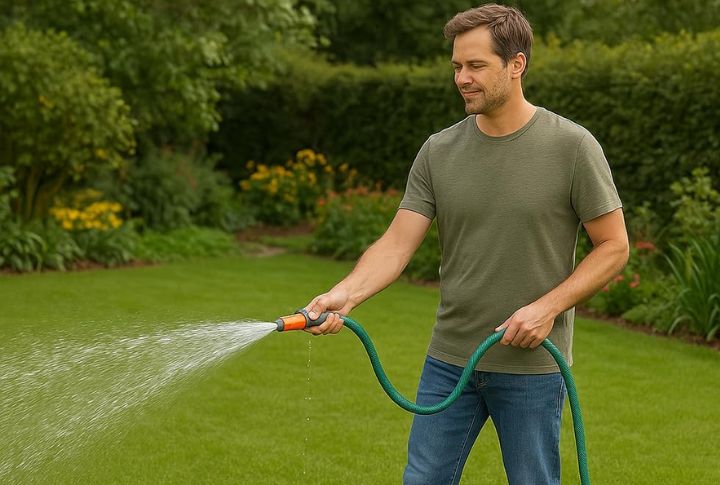
As autumn’s chill settles in, your lawn’s care needs shift. While the mower gets a break, there are certain things you must do to prepare your grass for winter. These steps ensure your grass remains healthy and ready to flourish come spring. Find out how a little fall prep leads to a greener lawn next season.
Rake And Remove Fallen Leaves
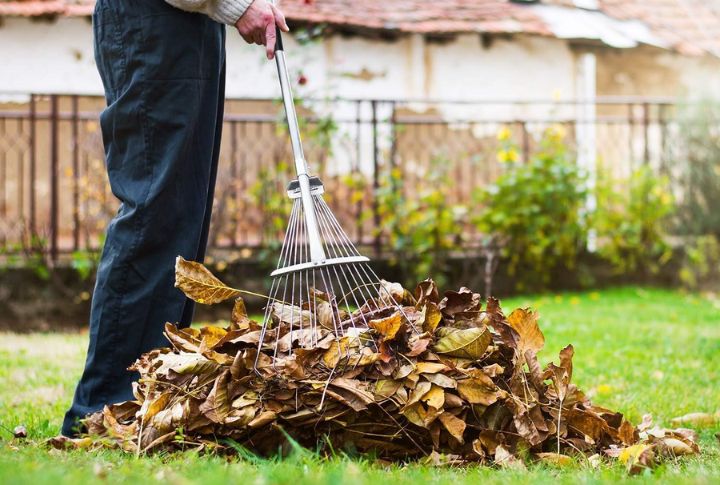
Those innocent-looking fallen leaves can quickly become your lawn’s worst nightmare. What starts as blocked sunlight turns into trapped moisture, which creates the perfect breeding ground for molds and pests. Left unchecked, thick leaf coverage can actually smother your grass and trigger snow mold disease. The smart solution? Remove leaves weekly in stages throughout fall.
Aerate The Soil To Improve Oxygen Flow
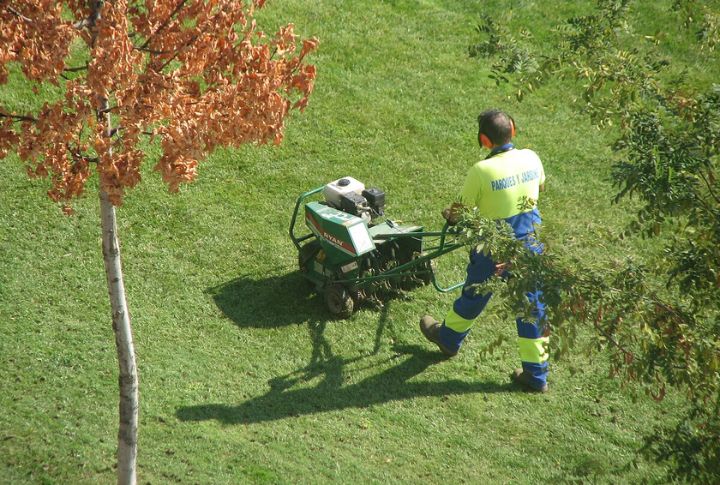
Use a walk-behind aerator to remove three-inch plugs evenly across your lawn. Each pass leaves small openings that restore airflow to compacted soil. And as the plugs break down, the ground becomes more receptive to moisture and nutrients. This allows grass to draw them deeper where they matter most.
Overseed Bare Or Thin Lawn Areas
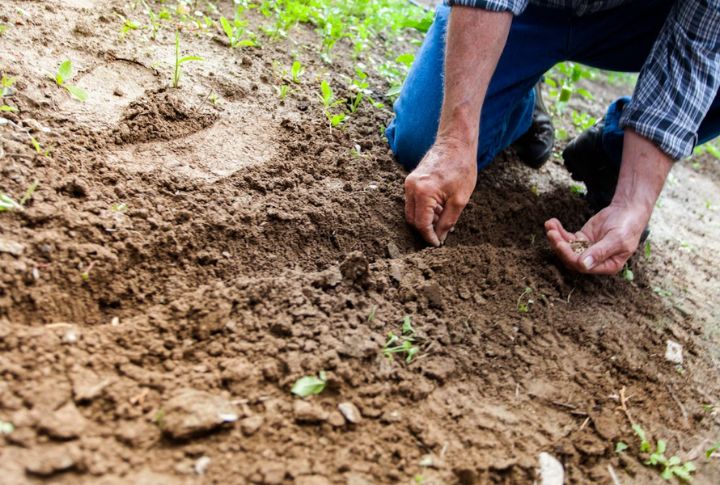
Frustrating bare patches and thinning areas can make any lawn look tired and worn. Fortunately, fall offers the ideal time to revive your turf, especially in northern regions. After aeration, overseeding ensures strong seed-to-soil contact. As such, it gradually fills bare spots and promotes thicker, more resilient grass for the next season.
Apply A Fall-Specific Fertilizer
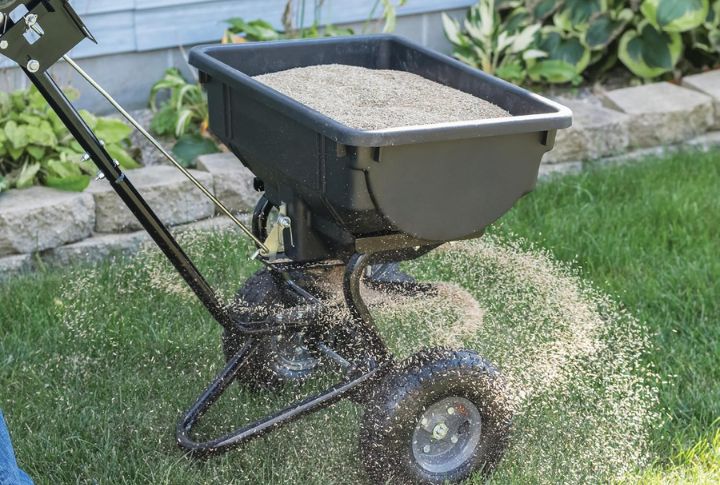
Think of fall fertilizing as a strategic deposit in your lawn’s underground bank account. Grass roots stay active until soil temperatures drop to around 40 degrees, storing up nutrients from fall fertilizer. That investment pays off in spring, when your lawn grows back stronger and greener.
Control Weeds Before Winter
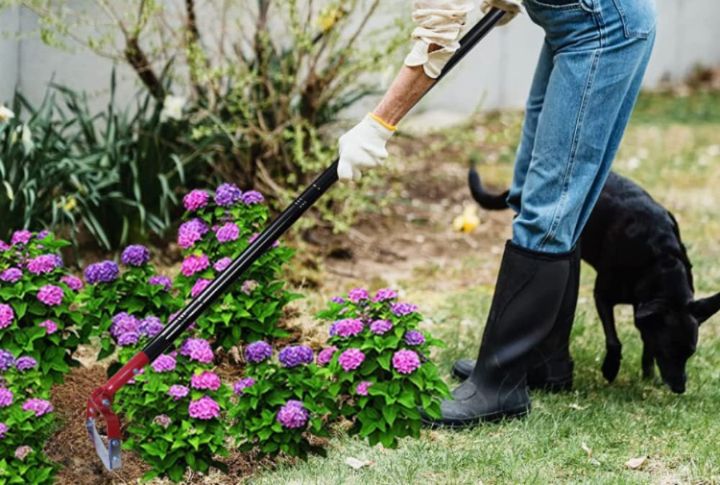
A healthy lawn is a delicate ecosystem that needs extra care as winter approaches. Regular leaf removal helps, but stubborn weeds demand timely action in early fall. Go for gentle manual removal or use eco-friendly herbicides. Taking care of weeds now keeps your lawn balanced and prevents a heavy comeback in spring.
Test And Adjust Soil PH

Many fall lawn care lists skip pH testing, but it’s often the secret to a thriving yard. Warm autumn soil provides the perfect opportunity to adjust pH with lime or sulfur. Early or late fall is ideal for this step, as it helps your lawn absorb nutrients more efficiently and boosts root health.
Dethatch To Prevent Fungal Growth
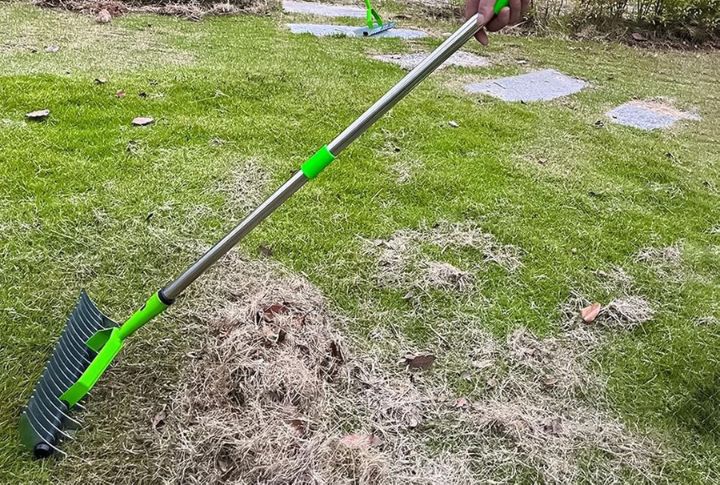
Summer activity and compacted soil can cause a thick buildup of thatch, trapping moisture and inviting fungal problems. This layer also blocks air, water, and nutrients from reaching the roots. Removing thatch as part of your fall maintenance helps improve airflow and promote a healthier lawn.
Water Deeply But Not Too Often
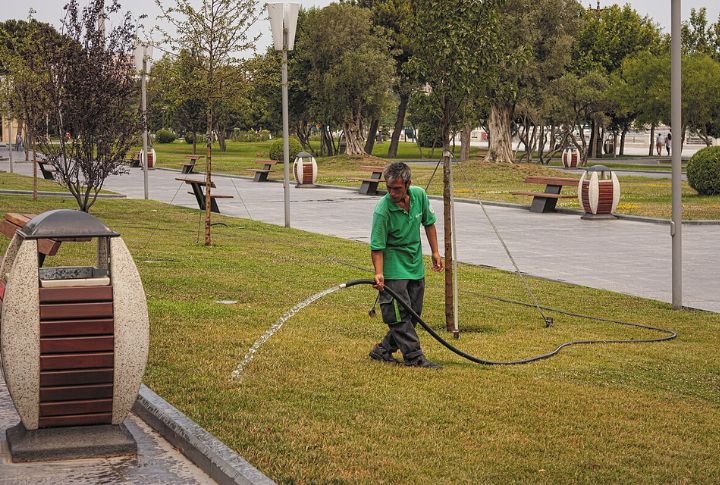
Deep, infrequent watering encourages root expansion, while constant surface watering leads to shallow growth and runoff. Aeration before winter enhances soil permeability, which ensures moisture and nutrients reach the deeper root system efficiently. The result is a stronger, more resilient lawn prepared for seasonal stress.
Sharpen And Store Lawn Tools
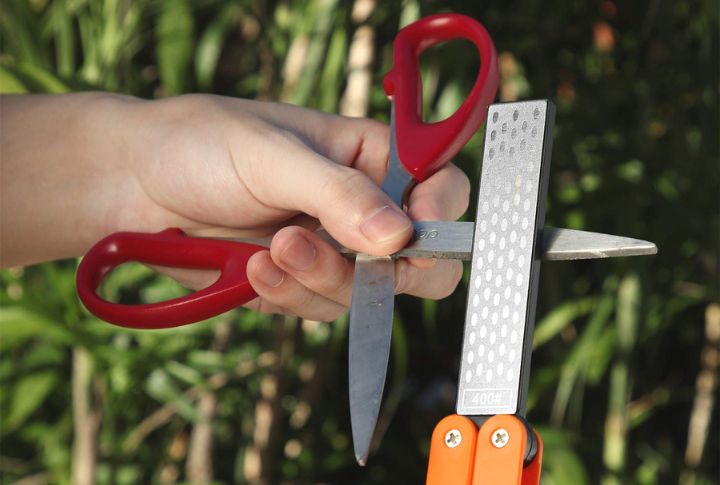
As lawn care season winds down, give your tools some attention before storing them. Clean and sharpen blades, oil metal parts, and check for damage. Proper care now ensures your mower and other equipment stay rust-free and ready for action when spring arrives.
Inspect And Service Your Sprinkler System
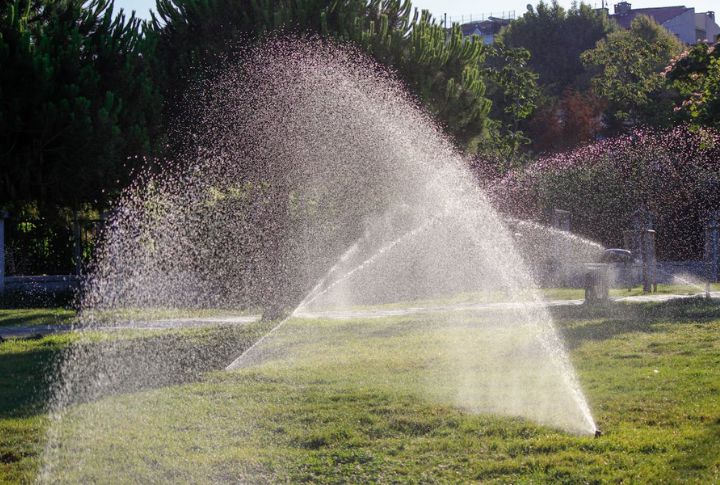
When water freezes, it expands with enough force to split metal pipes—and your sprinkler system is particularly vulnerable to this destructive process. That’s why professional winterization through specialized blowout procedures, combined with fall maintenance like cleaning heads and adjusting spray patterns, is absolutely essential in freezing climates.

